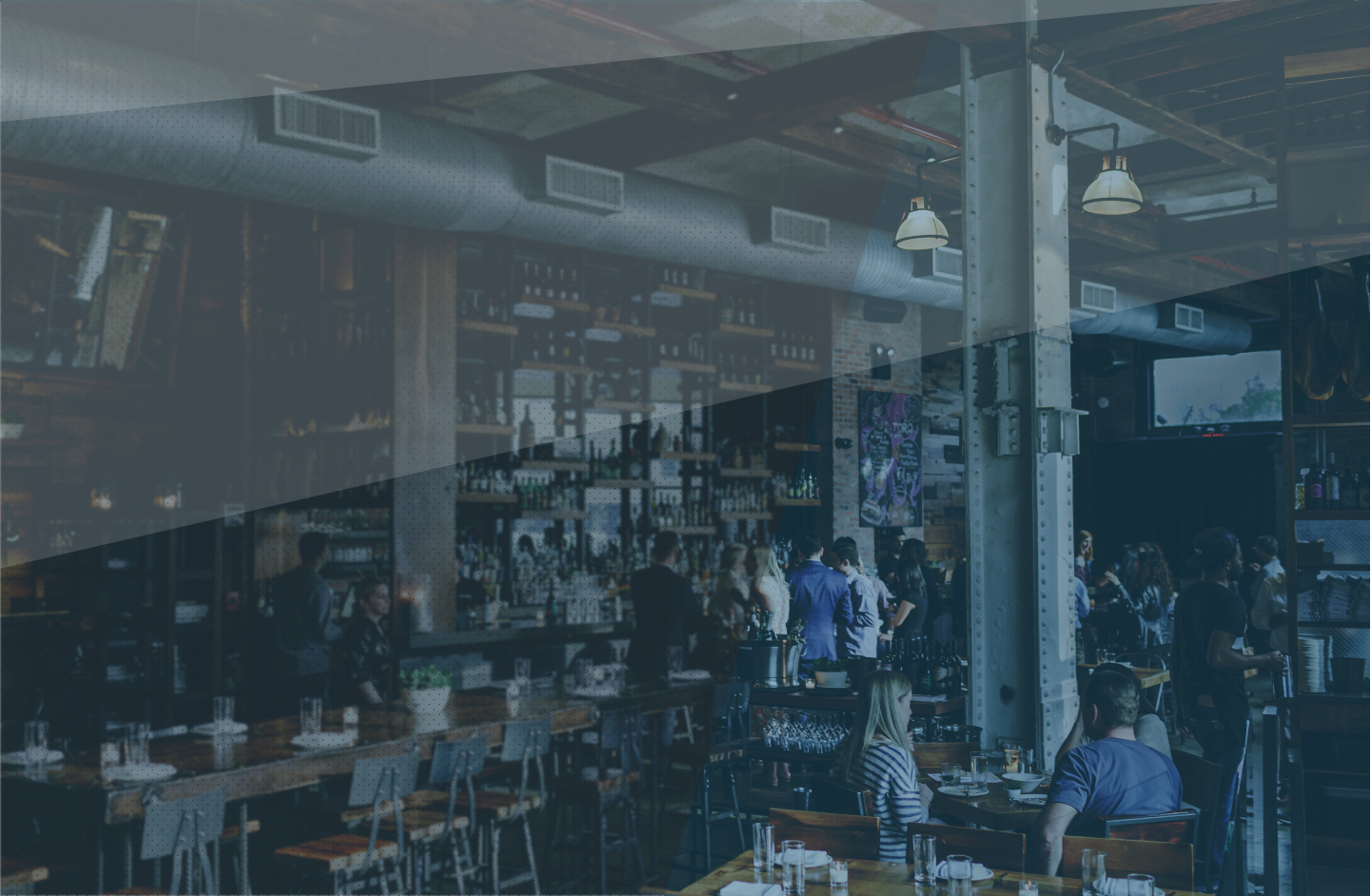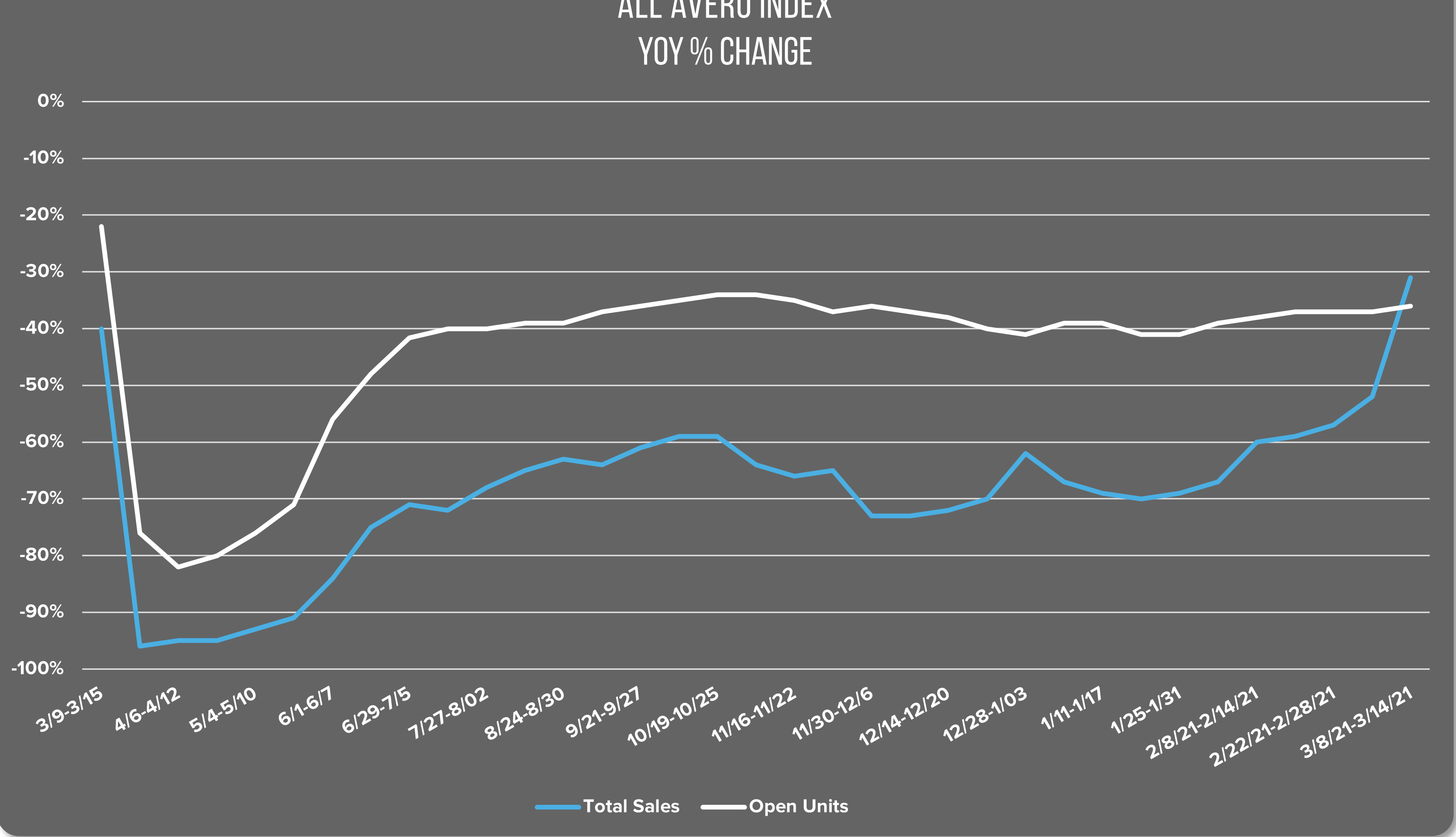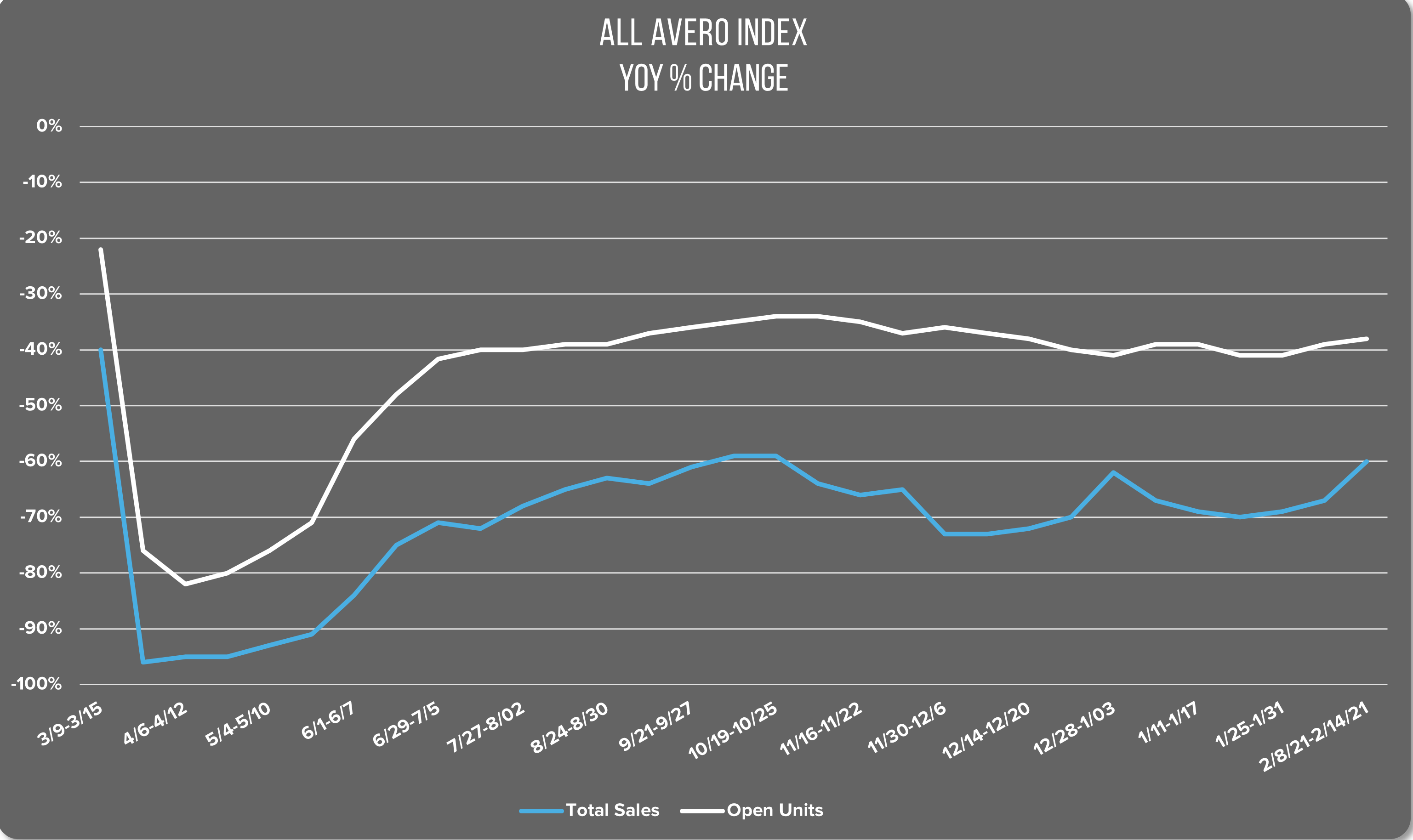Surviving the Covid-19 pandemic is number one on every restaurateur’s to-do list. Restaurants are certainly rising to the challenge, creating new innovative solutions to the low-traffic problem. Not every restaurant has the resources to overhaul their operating model or redesign their space right now. However, modifying the menu to optimize sales with the traffic you are getting is something every restaurant can do. Below, we’ll discuss ideas about how your menu can help you navigate this crisis.
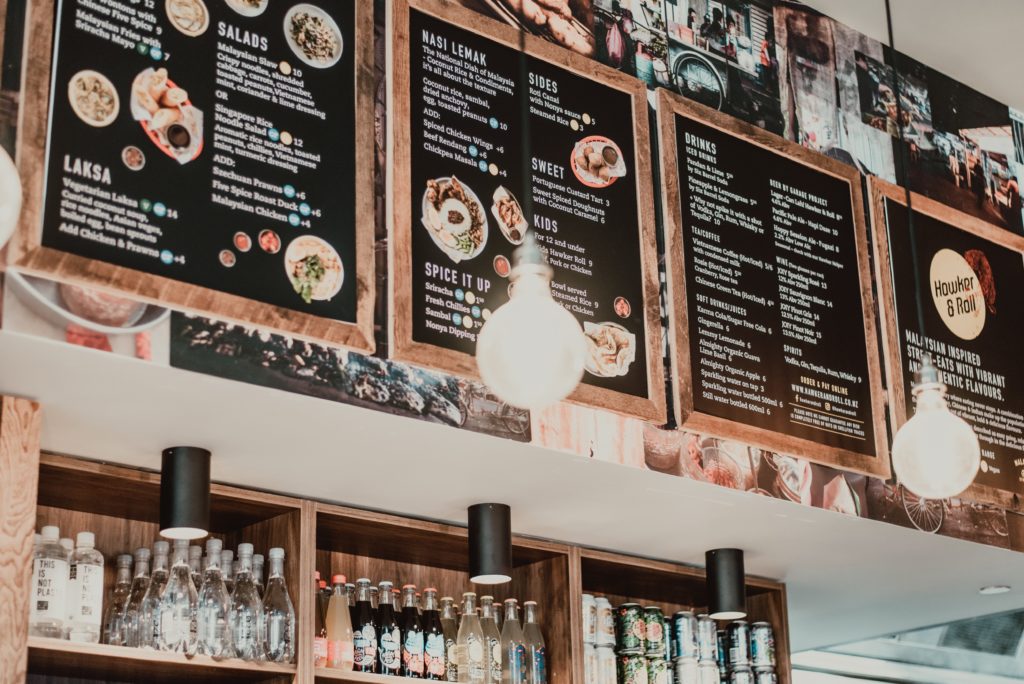
Rethinking traditional menu engineering
The underlying principle of menu analysis is “how can I optimize profits with this menu?” A menu analysis will tell you which dishes are the most popular, which generate the most profit, and where opportunities exist to boost the popularity and/or profitability of your other menu items.
The trouble restaurants are running into now is that what was popular and profitable for fully staffed, in-person dining doesn’t necessarily translate to what is popular and profitable in today’s world. Most restaurants are short-staffed and rely on to-go sales as their main source of revenue.
In fact, Avero data shows that our restaurant customers are seeing a 65% YoY increase in take out, delivery, and outdoor dining in August. In the first two months of Q3 alone, restaurants have served 60% more meals outside the dining room than in Q3 last year. And we still have September to go.
With those figures in mind, it’s likely that the balance you have perfected within your menu pre-pandemic is out of whack. It’s a good idea to reassess your menu with a fresh approach to analysis within the context of Covid-19.
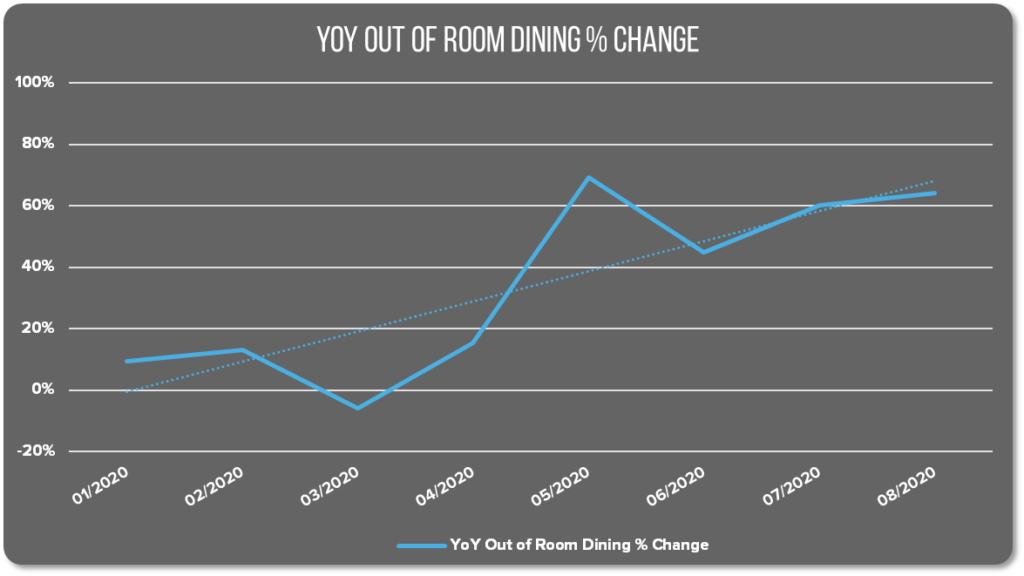
In a traditional menu analysis, you’d focus on the numbers. What’s selling—what’s not? In the current environment you may not have good data on how your take-out sales differ from your in-house sales.
Even if you do, there are many factors at play like how local customers are responding to Covid-19 infection rates and fluctuating health department regulations. Plus, the relatively short period of time you’ve been open during the pandemic makes it hard to sift out what can be attributed to the dish, and what can be attributed to the corona-rollercoaster.
You might not have a lot of data to guide your decisions as you explore your options. But you can test your gut feelings and guesses as you go by monitoring the effects of any changes you make. Let’s take a look at some things you can do to optimize your take-out menus, and in-person dining menus.
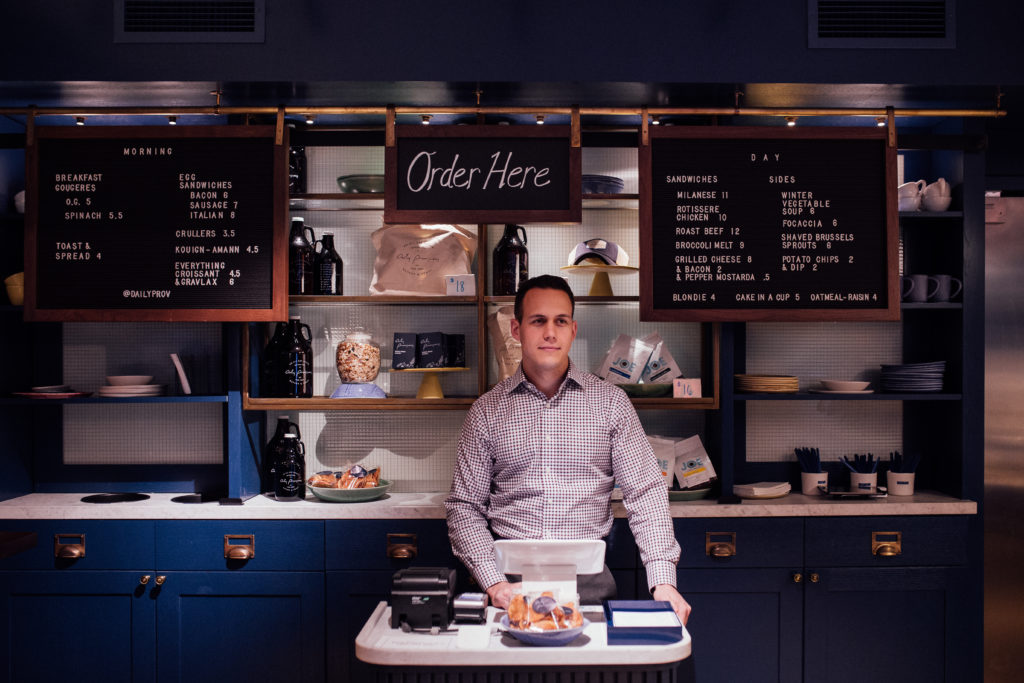
Optimizing menus for to-go orders
To-go orders are having a moment right now. If your menu is optimized for in-person dining and you’re doing a lot more to-go orders than normal, it’s important to reassess your menu. What was popular in February with table service diners may look very different than what’s popular with take-out diners today.
Concept Matters
A restaurant’s concept and a particular menu item’s popularity usually go hand in hand. An American style hamburger is never going to be the most popular item in an Asian cuisine concept. Think about your own behavior—even if it’s on the menu, you’re probably not going to order a steak at an oceanside walk up counter. Keep this principle in mind when assessing your own menu.
Obviously, that doesn’t mean your sushi restaurant should start serving hamburgers simply because they’re popular to-go items. But it does mean rethinking what a sushi restaurant can deliver that works well in a take-out environment.
If your restaurant’s signature item doesn’t translate well in to-go models, think about deconstructing it. Or serve a hand-held version that will. A new spin on an old favorite could add an element of novelty, instead of disappointment.
Durability Matters
Put your take-out menu to the Styrofoam test. Box every dish as you would for a to-go customer and let it sit for 30 minutes. Maybe place the container on an uneven surface like it would be in the front seat of a customer’s car. Then try it out. Does the dish meet your restaurant’s standards for quality? Is the food a mess when you open the box? Does it reheat well if it got cold?
Wth that information, you’ll be able to eliminate dishes from your to-go menu that don’t put your best food forward. Or you might come up with modifications to the dish or the box that improve the final product.
French fries may have good margins and be wildly popular in-house. But most will agree they lose their flair in a to-go box. Can you change the recipe or sub them with another item with better durability? Maybe you can change your to-go procedures to include fresh servings of fries only once the customer is in the door. Trial and error is your friend and will go a long way towards ensuring customers return for another meal.
Containers Matter
Speaking of Styrofoam, if take-out is your bread and butter these days, it’s worth reconsidering your take-out containers. You may have better luck preserving the integrity of a particular dish in a different type of container. When take-out represented only a small portion of your business, worrying about having the right container would be overkill. But if it can help you include priority items on your menu in today’s take-out dominant world, it’s worth a look.
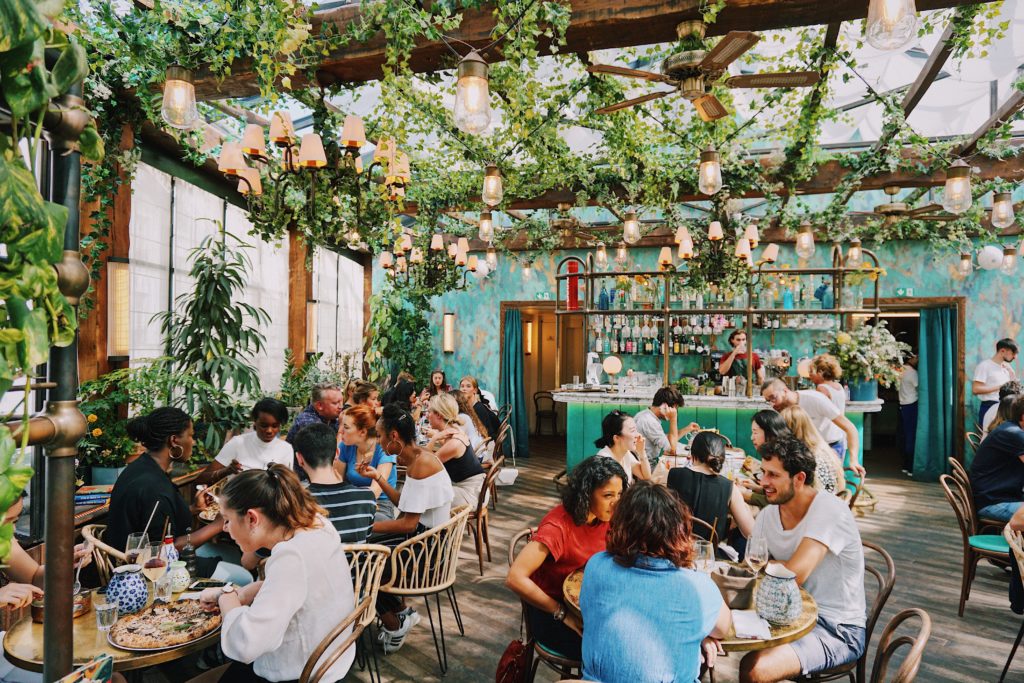
Optimizing menus for in-person dining
The sudden popularity of take-out orders isn’t the only factor that can throw your menu off balance. If you’re able to offer in-house dining, you’re likely operating with significantly less staff and an eagle’s eye for cost. Here are some considerations to take when optimizing your menu for in-person dining.
Food Costs Matter
Menus generate profit. But they also generate costs. It’s helpful to think of food costs both in terms of the plate price of a particular dish, as well as the total number of dishes on the menu. The more options you offer, the higher your grocery bill will be. You need more capital to support a large menu than a streamlined one. If capital is an issue right now, it’s a good idea to simplify your menu.
It’s also important to review and consolidate vendors and suppliers. For Nicole Eisen, Director of Food & Beverage at The Standard, East Village Hotel, that process has been an important step to help save food costs and streamline the ordering process. Eisen was able to reduce the number of vendors by over 75% while maintaining quality and desirability of menu items – something that restaurants of all types would benefit from in this time.
Eisen’s approach of “doing more with less” also means cultivating a well-rounded staff to optimize service while prioritizing the comfort and safety of guests. Taking those steps and creatively utilizing outdoor spaces for al fresco dining has paved the way for The Standard, East Village to navigate successfully through this time.
Waste Matters
Another advantage of a smaller menu, particularly in lean times, is that it’s easier to control waste. When you have thousands of diners per week and you’ve fine-tuned your ordering, you’re more likely to run out of expensive items like seafood than you are to waste them.
But Avero data shows we’ve seen a 69% decrease in transactions/checks across the board. The volume just isn’t the same right now. The variability of today’s market means it’s harder to accurately judge your volume and waste is a real concern. Restaurants really can’t afford to throw away high-cost proteins and specialty ingredients.

With a smaller menu, you’ll also waste less in terms of sending items back to the kitchen that were unsatisfactory to the customer. If your menu offers 10 dishes, it’s easier for staff to prepare them with consistently high quality and fresh ingredients. If you offer 50 dishes on the menu, there are going to be some that don’t get prepared as often. That can lead to more variability in the quality of the ingredients and preparation.
Labor Costs Matter
Don’t overlook the role labor plays in food cost analysis. Streamlining your menu is good for your margins, and it’s also great for your labor costs. If you have a PanAsian concept and need a full-time sushi chef to prepare 10% of your menu, it probably makes more economical sense to take those items off your menu for now. If you’re trying to keep headcount in the kitchen low, you’ll want employees with well-rounded skills who can serve multiple rolls.
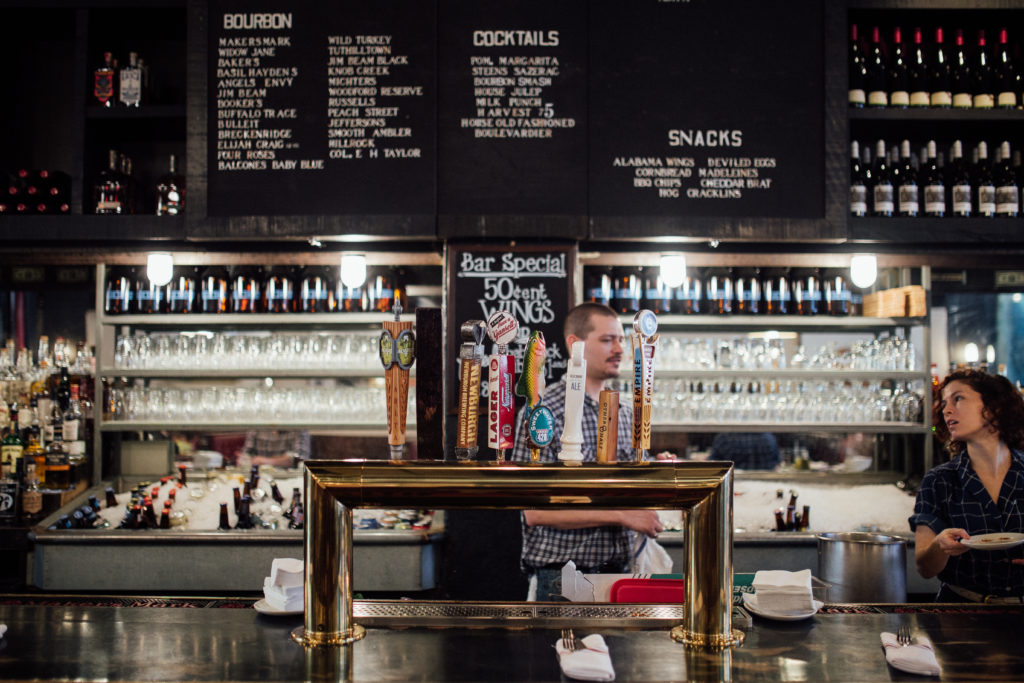
Getting creative with Covid-friendly menu items
Don’t be afraid to veer away from your traditional menu during the pandemic crisis. After all, the only certain thing right now is uncertainty. Customers will tolerate a departure from your usual fare and may even appreciate the unexpected. Here are some points for consideration.
Beverages Matter
Many municipalities now allow alcohol sales to-go to help make up for lost revenue during the pandemic. The availability of specialty cocktails and other to-go beverages is one of the most positive departures from the traditional restaurant experience. Be sure to capitalize on it with creative pairings, craft cocktails and mocktails, and even bottle specials.
Delight Matters
The novelty of cocktails to-go isn’t the only way to draw in customers and add a sense of delight. Adding unexpected touches of hospitality is a great way to create a memorable experience that brings customer back. Whether it’s a complimentary sweet treat, a hand-written thank you, or packet of hand sanitizer, adding a special touch will go a long way. This is a great opportunity to partner with another business or service as well.
Comfort Matters
Your customers are just as tired and stressed out as you are. Some diners order out for a change of pace—hoping for something fancier or more exciting than another home cooked meal. But don’t overlook the volume of customers who order out to escape the burden of shopping in a pandemic. Cooking three meals a day for home-bound families is taking a toll. Customer’s tastes for eating at home are often quite different from what they are when ordering inside the restaurant.
Comfort foods like fried chicken and macaroni & cheese are in high demand. Try offering a new dish or modifying an existing one that evokes the down-home feeling of Grandma’s cooking, without the hassles and clean up. Offer meal kits to help reduce the thought and preparation that goes into home cooking. Or serve family style meals with oversized portions for sharing.
In short, think outside the box! The ingenuity we’ve seen in the industry so far is inspiring and speaks to the heart of what hospitality truly means. We’d love to hear from our customers what you’re doing differently!

